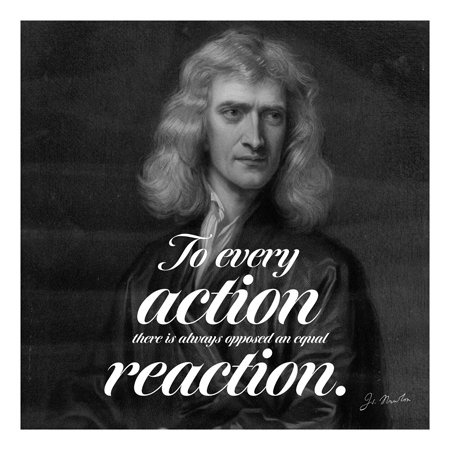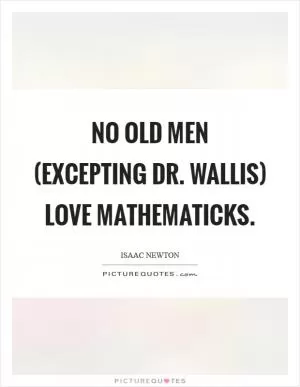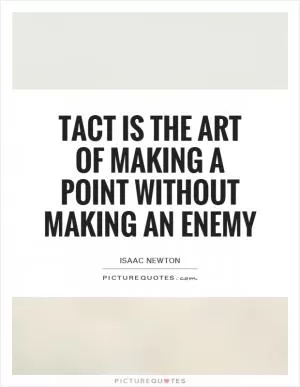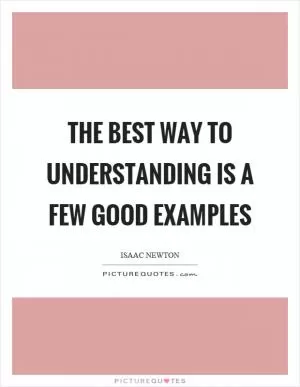To every action there is always opposed an equal reaction

To every action there is always opposed an equal reaction
Isaac Newton, one of the most influential scientists in history, is perhaps best known for his three laws of motion. The third law, often paraphrased as “to every action there is always opposed an equal reaction,” is a fundamental principle in physics that has far-reaching implications.Newton’s third law of motion states that for every action, there is an equal and opposite reaction. This means that whenever one object exerts a force on another object, the second object exerts an equal force in the opposite direction. This law is essential for understanding how objects interact with each other and how forces affect motion.
One of the most famous examples of Newton’s third law is the recoil of a gun. When a bullet is fired from a gun, the gun experiences a recoil in the opposite direction. This is because the force exerted by the bullet on the gun is equal and opposite to the force exerted by the gun on the bullet. This principle is also evident in everyday situations, such as walking or driving a car. When you push against the ground with your foot while walking, the ground pushes back with an equal force, propelling you forward. Similarly, when you press down on the gas pedal in a car, the car exerts an equal force on the road, causing it to accelerate.
Newton’s third law of motion has important implications for understanding the behavior of objects in the universe. It explains why objects move in the way they do and how forces interact to produce motion. This law is essential for designing machines, predicting the behavior of celestial bodies, and understanding the forces at work in the natural world.












 Friendship Quotes
Friendship Quotes Love Quotes
Love Quotes Life Quotes
Life Quotes Funny Quotes
Funny Quotes Motivational Quotes
Motivational Quotes Inspirational Quotes
Inspirational Quotes